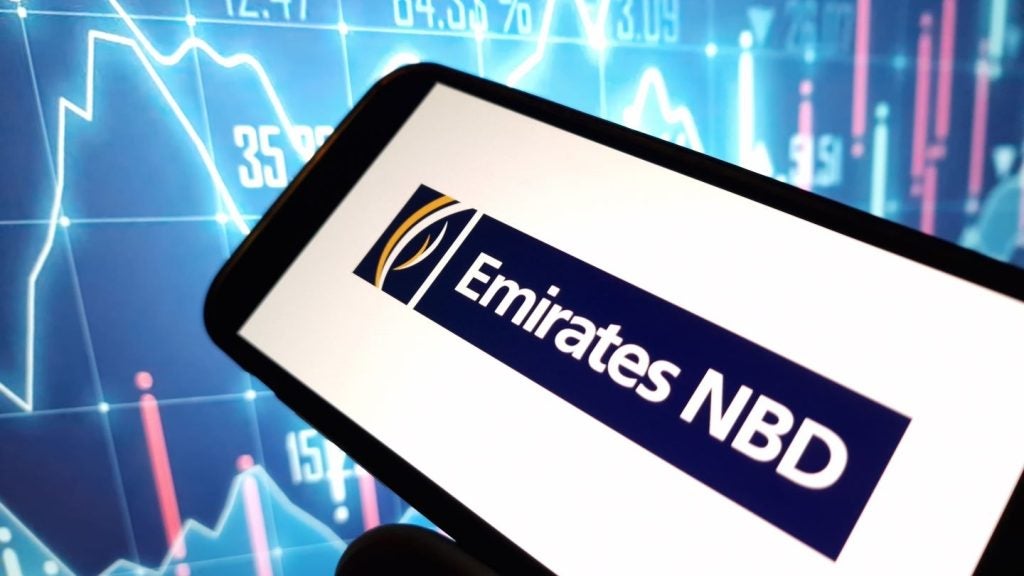More than one in four US households
are unbanked or underbanked according to the National Survey of
Unbanked and Underbanked Households, a report conducted on
behalf of the FDIC by the Bureau of the Census, the most
comprehensive such survey undertaken to date in the US.
Douglas Blakey
reports.

Access deeper industry intelligence
Experience unmatched clarity with a single platform that combines unique data, AI, and human expertise.
More than one quarter (25.6 percent) of all
households in the US is unbanked or underbanked with such
households disproportionately low-income and/or comprised of
members of certain minority groups, according to the ‘national
survey of unbanked and underbanked households’, a report conducted
on behalf of the Federal Deposit Insurance Corporation (FDIC) by
the US Bureau of the Census.
With the aim of researching the demographic
characteristics of the unbanked and the reasons why such
households’ financial needs have not been addressed by the banking
system, the report – which surveyed around 54,000 households – is
the first such study to publish data splitting out figures at
national, regional, state and metropolitan levels.
Key findings of the report included:
• At least 25.6 percent of US households,
almost 30 million, are either unbanked or underbanked.
Approximately 60 million adults live in such households.

US Tariffs are shifting - will you react or anticipate?
Don’t let policy changes catch you off guard. Stay proactive with real-time data and expert analysis.
By GlobalData• An estimated 7.7 percent of US households,
approximately 9 million, are unbanked, comprising around 17
million.
• The percentage of households that are
unbanked varies among different racial and ethnic groups.
Minorities more likely to be unbanked include an estimated 21.7
percent of black households, Hispanics (19.3 percent) and American
Indian/Alaskans (15.6 percent). Racial groups less likely to be
unbanked include Asians (3.5 percent) and whites (3.3 percent).
• In addition to the unbanked households,
around 17.9 percent of US households, about 21 million, are
underbanked – around 43 million adults.
• Regional variations are pronounced with the
highest incidence of the unbanked and underbanked in the South of
the country.
• Unmarried, sole householders are
considerably more likely than married couple households to be
unbanked. Almost 20 percent of unmarried female and 14.9 percent of
unmarried male households are unbanked, compared with about 4
percent of married couple family households.
• Lower-income households are
disproportionately unbanked. Nearly 20 percent of lower income US
households – almost 7 million households earning below $30,000 per
year – do not currently have a bank account. Households with
earnings below $30,000 account for at least 71 percent of unbanked
households.
• The 9 million unbanked households are almost
split equally between households that have never had a bank account
(46.9 percent) and households that were previously banked (49
percent).
• Some 41.1 percent of unbanked households
said that opening a bank account in the future is “not likely at
all.”
• Approximately 12 percent of unbanked
households have used a general spending prepaid card, and an
estimated 3.1 percent receive their income through a payroll
card.
About 66 percent of the unbanked households
reported using alternative financial services (AFS) such as
non-bank money orders and non-bank cheque-cashing, pawn shops and
payday loans while the one-quarter of unbanked households not using
any AFS suggested a strong reliance on cash.
Among the survey sample who had previously
held an account, not having enough money to need an account was the
most common reason (34.1 percent) given for closing their
account.
Notably, nearly one-third (31.4 percent) of
previously banked households closed their account because of the
costs of maintaining it. Other common reasons households chose to
close an account were not needing or wanting an account (25.8
percent) and not writing enough cheques to make an account
worthwhile (12.0 percent).
Reasons related to customer service and access
issues did not feature prominently. For example, an estimated 9.1
percent of households that have never held an account do not feel
comfortable or welcome at banks with only 6.9 percent mentioning
language barriers at banks; for previously banked households only
5.2 percent closed their account because there was no bank near
work or home with 4.5 percent doing so because they did not feel
welcome or comfortable at banks.
The proportion of previously banked households
who said they were very likely to open an account within the next
year (84.3 percent) was considerably higher than for the
never-banked households considered in the analysis (62.1
percent).









